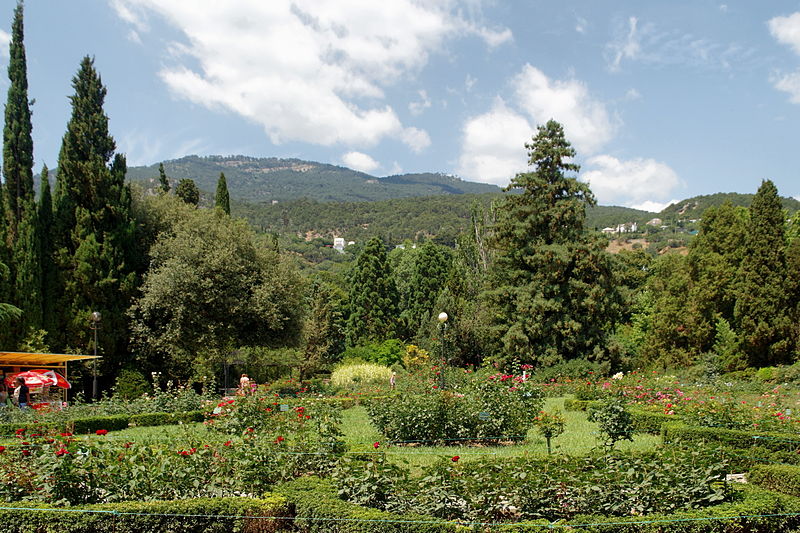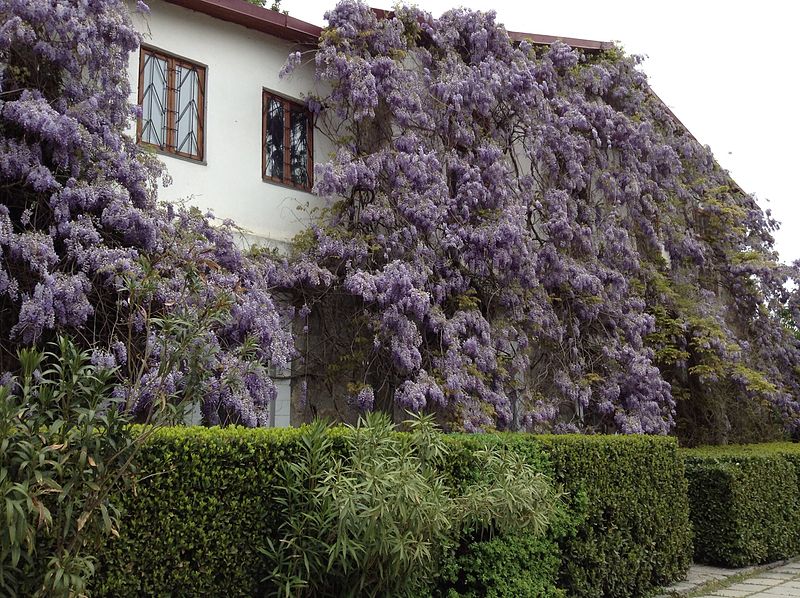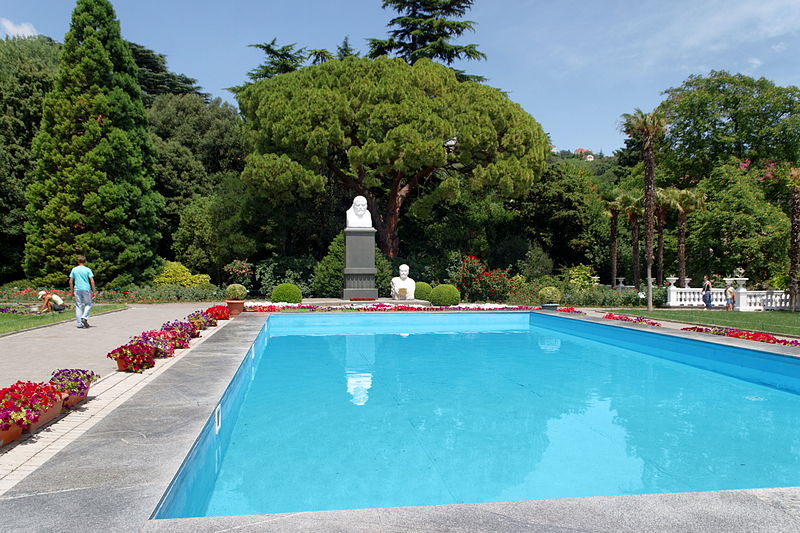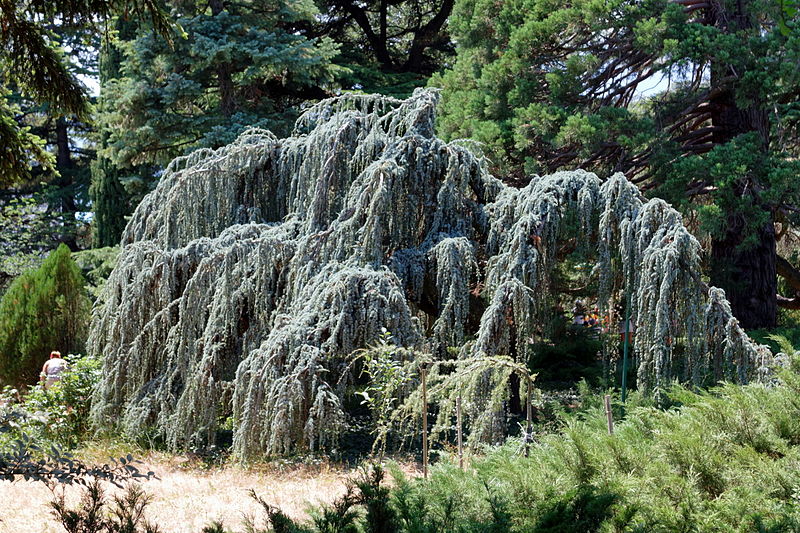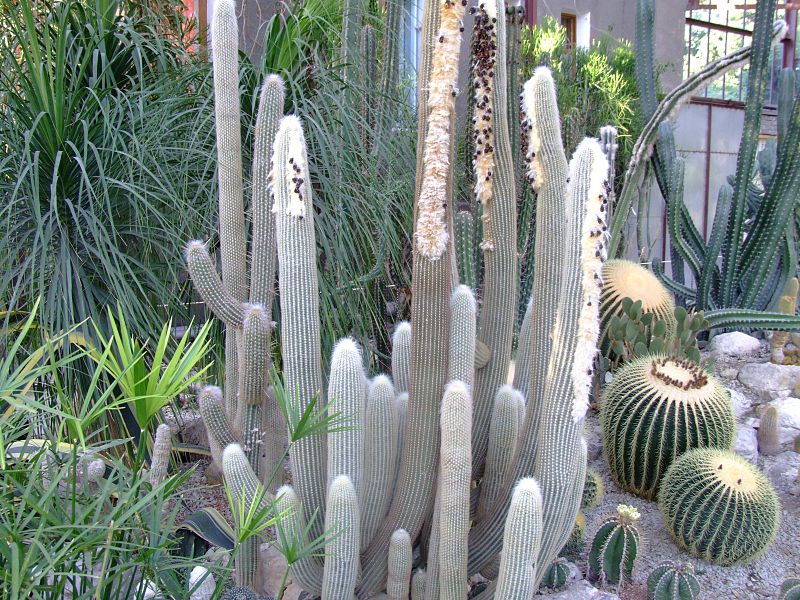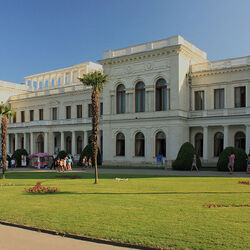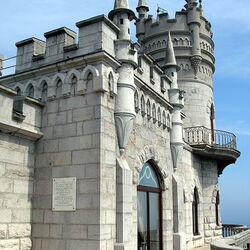Nikitsky Botanical Garden
Nikitsky Botanical Garden is one of the leading scientific research institutions in the field of botany and horticulture. It is located in Crimea between the Black Sea and the village of Nikita.
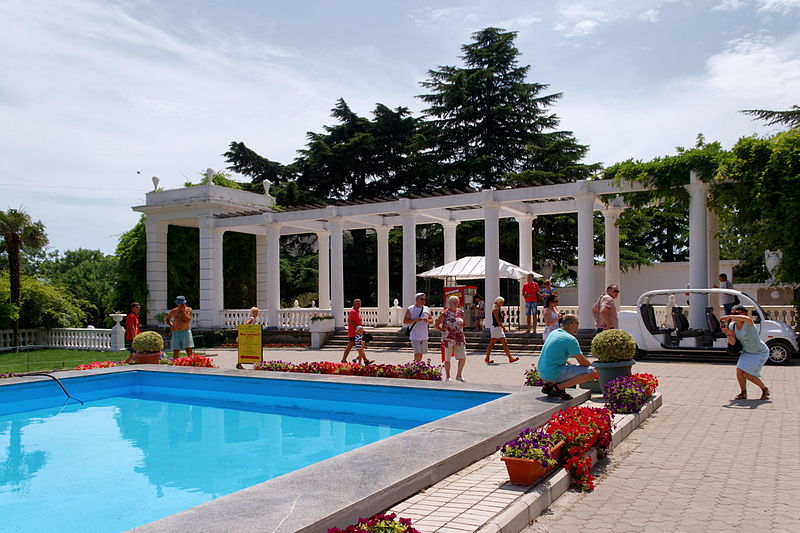
The foundation stone of the garden was laid by Emperor Alexander I in 1811, when he signed a decree establishing a botanical garden in Crimea. According to the decree, the state had to allocate 10,000 rubles each year for the garden. Duke Emmanuel Osipovich de Richelieu and Count Mikhail Vorontsov, who knew the emperor well, contributed to the formation of the Nikitsky Botanical Garden. This initiative was also promoted by Biberstein, a prominent German botanist who has been working for the benefit of Russia for over twenty years and is the chief inspector for sericulture in southern Russia.
In 1812, scientist Christian Steven was appointed director of the garden, who believed that the garden should contain ornamental and horticultural crops from the southern part of Europe in order to acclimatize them in the Crimea and the rest of Russia in the future. The first plantings of plants and trees were already planted in September. Three years later, the Nikitsky Botanical Garden published a catalog according to which 58 types of pears, 95 varieties of apple trees, 15 ornamental and 6 berry crops were grown in the garden. Thanks to Christian Steven's knowledge, it was possible to acclimatize many varieties of plants and trees for the harsh conditions of the Russian climate. The garden has become a transit point for acclimatization of plants from Europe to Asia and vice versa.
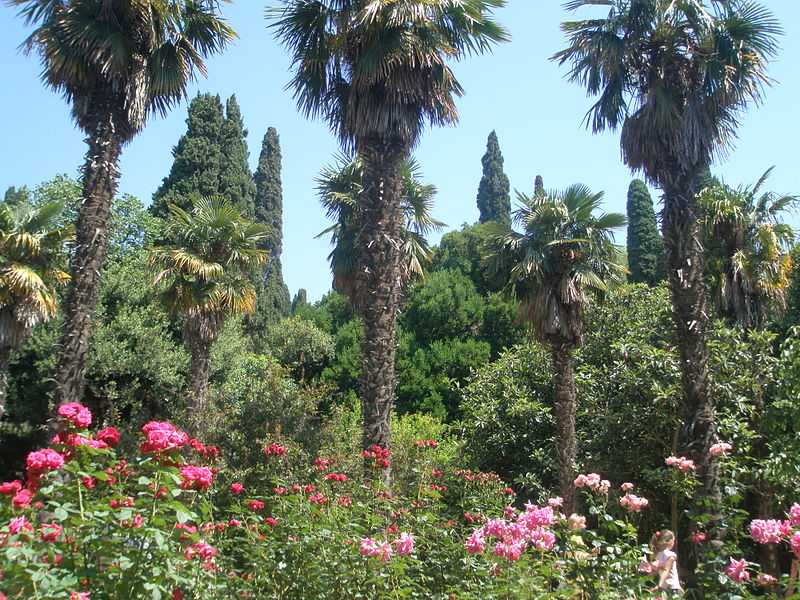
In 1818, Steven was given money, with which he went on a 2-year trip, during which he studied fruit crops and sent the most suitable ones to the Nikitsky Garden. In twelve years of work, the scientist has collected almost 500 varieties of exotic plants in Chad. In 1826, a garden supervisor, Hartvis, was appointed director, as Christian Steven was appointed inspector of sericulture. Hartvis managed the garden until his death, collecting plants and trees from all over the world into the garden's collection.
The Nikitsky Botanical Garden suffered enormous damage during the occupation by German troops, who destroyed many plants and took the most valuable ones to Berlin. After the liberation of Crimea, work began on restoring the garden, and after the end of the war, the director of the garden, Anatoly Koverga, began searching for the lost collection and, having traveled many kilometers, found them in the suburbs of Berlin and returned everything to the Crimea.
Nikitsky Garden is beautiful at any time of the year, you can see huge cedars and cypresses, a lot of fruit crops, and you can enjoy the smell of flowers in any season of the year. From March to May, over 150 varieties of tulips bloom, irises bloom from April to May, and from May to December, visitors are pleased with the appearance of roses, of which there are more than 100 varieties. Well, the main asset of the garden is the herbarium, which has more than 150,000 plant species in its collection.
There are also souvenir shops and shops in the garden where you can buy seedlings and seeds of interest. You can visit the garden from 9 to 18 (from May to October) and from 9 to 16 (from November to April).
